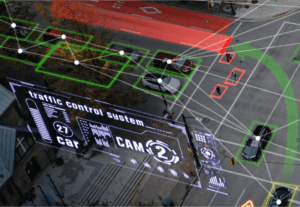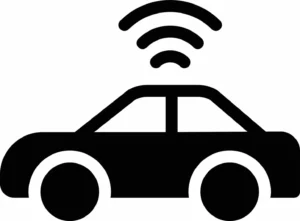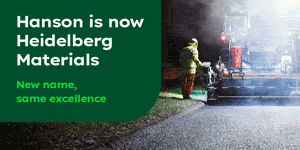Researchers at the University of South Florida Centre for Urban Transportation Research have been awarded a US patent for an algorithm that detects swerving on the road.
Sisinnio Concas, programme director of Autonomous-Connected Mobility Evaluation at USF, has been working on the Tampa Hillsborough Expressway Authority Connected Vehicle Pilot, which launched in 2015. As part of the $22 million (£16.6 million) project funded by the US Department of Transportation, more than 1,000 drivers volunteered to have their personal vehicles retrofitted with connected vehicle technology, allowing their vehicles to wirelessly communicate to roadside infrastructure and exchange information on traffic and other hazards that could affect pedestrian, vehicle and bicycle safety.
Through data evaluation, Concas and his team designed an algorithm that detects unwanted objects in the road and where they’re causing connected vehicles to swerve. This data can be transmitted to traffic monitoring centres in real-time up to 10 times per second – which would allow dispatchers to rapidly deploy the proper agency – such as transportation departments for debris removal and emergency responders in the case of a car crash.
“Currently, the real-time reporting of roadway objects and incidents depends on drivers’ self-reporting, which is inefficient and unsafe as it may lead to distracted driving,” Concas said. “Finding the exact debris location can be challenging and adds to delays between notifications and actual removal.”
Researchers created the algorithm through testing on the Lee Roy Selmon Expressway Reversible Express Lanes. With assistance from the Tampa Hillsborough Expressway Authority (THEA), they mimicked the presence of debris in the then-closed road by placing traffic cones. Using their own CV technology-equipped vehicles, the team found that they were able to accurately pinpoint the obstruction, regardless of speed, and automatically transmit that information to a remote server.
“A tool that aids in the timely and cost-efficient locating and removal of roadway debris would help create a safer, more efficient roadway for our agency,” said THEA Planning and Innovation Director Bob Frey.
During this last phase of the THEA CV Pilot, scheduled to conclude next year, researchers have been working with Honda, Hyundai and Toyota to test how the CV technology interacts with their hardware. They’ve been looking at a number of features, such as forward collision and red light violation warnings, wrong way entry and end or ramp deceleration warning. Concas hopes the auto manufacturers will consider incorporating his patented algorithm into their vehicles.
(Picture – USF)























